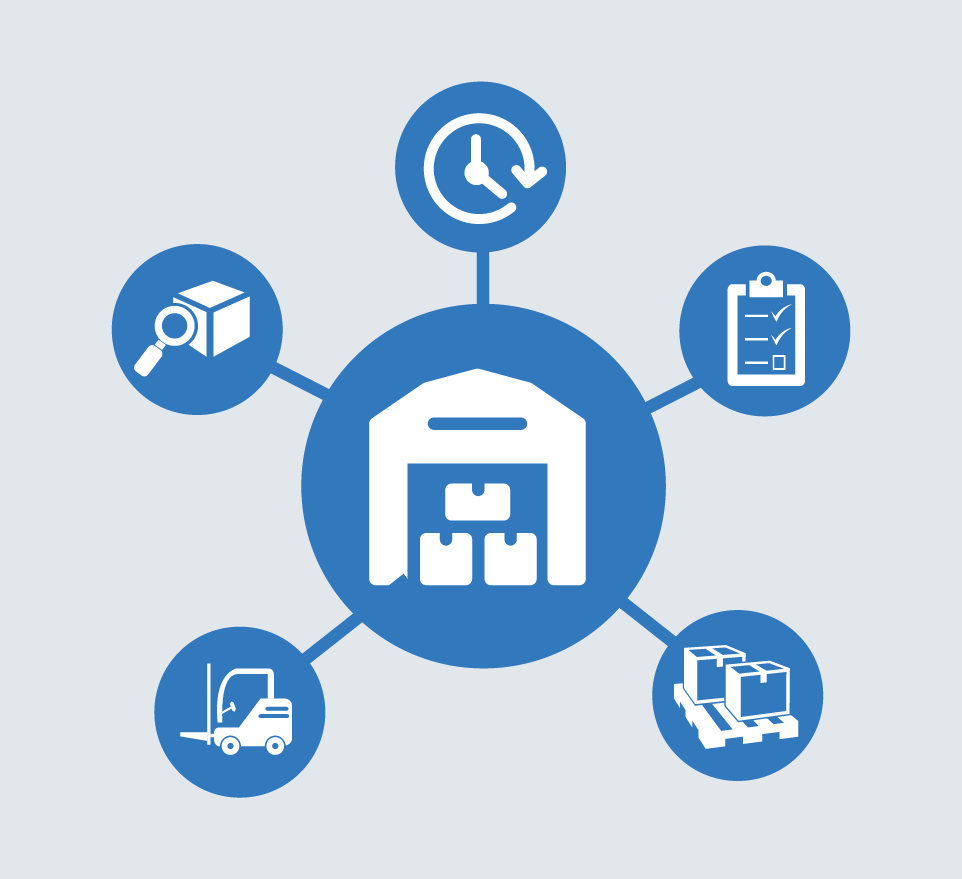Today, consumers expect fast delivery with visibility into their order along the way. Large players, like Amazon, have spearheaded the push for end-to-end visibility and are transforming e-commerce through their management of data. Other industries like pharma are also pushing to improve visibility to meet government regulations and mitigate security concerns. Even in B2B markets, customers have come to expect the gold standard of visibility that Amazon has created.
![]() Now, people are accustomed to receiving an order confirmation, tracking information, expected delivery time, and drop off information for transactions. Ultimately, consumers want to know where their package is throughout the supply chain. Given the high costs of having customer service representatives responding to visibility requests via phone, chat, or email, the trend is moving toward more self-service. Amazon has pioneered the self-service method, allowing consumers to help themselves anytime, anywhere, and in some cases, pushing notifications ahead of the request. Beyond meeting consumer demands, end-to-end visibility is valuable for inventory decision making as it provides insights into inventory status and replenishment needs.
Now, people are accustomed to receiving an order confirmation, tracking information, expected delivery time, and drop off information for transactions. Ultimately, consumers want to know where their package is throughout the supply chain. Given the high costs of having customer service representatives responding to visibility requests via phone, chat, or email, the trend is moving toward more self-service. Amazon has pioneered the self-service method, allowing consumers to help themselves anytime, anywhere, and in some cases, pushing notifications ahead of the request. Beyond meeting consumer demands, end-to-end visibility is valuable for inventory decision making as it provides insights into inventory status and replenishment needs.
Changes in delivering visibility
 To provide end-to-end visibility, companies must have a WMS system that electronically captures transactions as they are happening in your warehouse. Otherwise, it is nearly impossible to achieve end-to-end visibility with a paper-based system. Without an electronic WMS system, you must wait until someone manually performs data entry to see if an order was received, shipped, or is on the shelf.
To provide end-to-end visibility, companies must have a WMS system that electronically captures transactions as they are happening in your warehouse. Otherwise, it is nearly impossible to achieve end-to-end visibility with a paper-based system. Without an electronic WMS system, you must wait until someone manually performs data entry to see if an order was received, shipped, or is on the shelf.
Your WMS system must also be advanced. Even if your WMS is capturing transactions, ask yourself: does it make those transactions visible outside of the four walls of your building? If the answer is no, your WMS system is not enabled to provide real-time tracking. To be able to easily give someone web access to tracking information, an enabled WMS is essential.
How to implement end-to-end visibility
To successfully achieve end-to-end visibility, you first need a base level system of data capture devices that are collecting information at the point of service or transaction, including devices like handheld scanners and portals. Next, you need to implement a type of business intelligence system or database to consolidate and house your data. Then, a portal or web interface must be leveraged so customers can access tracking data. Finally, the system runs set queries through a website, that can then query the WMS and send a response back to a customer on the status of their order. This visibility is critical to providing assurance for consumers looking to plan around deliveries.

The future of tracking
As visibility evolves and advances, blockchain will become more important. It is a powerful tool for organizations to more quickly and effectively pass information between systems from origin to the end customer. This also protects against counterfeiting by simplifying communications between different entities in the supply chain and standardizing data information.
With end-to-end visibility growing, more standards will be created. Currently, large players like Amazon, Shopify, and Walmart have built their own information systems, conforming data to standards. Soon, standards will be developed for smaller organizations to decrease the costs associated with integration. With more and more data being transmitted and shared, data security will also become more critical to protecting privacy and combating theft.

As e-commerce continues to grow, the need for visibility will increase for all industries. To keep pace, smaller companies must implement the right WMS technologies to deliver end-to-end visibility that can compete with the robust, self-tracking systems large players have implemented. In the quest to provide detailed information, hot topics like blockchain and security will become even more top of mind in the future.
